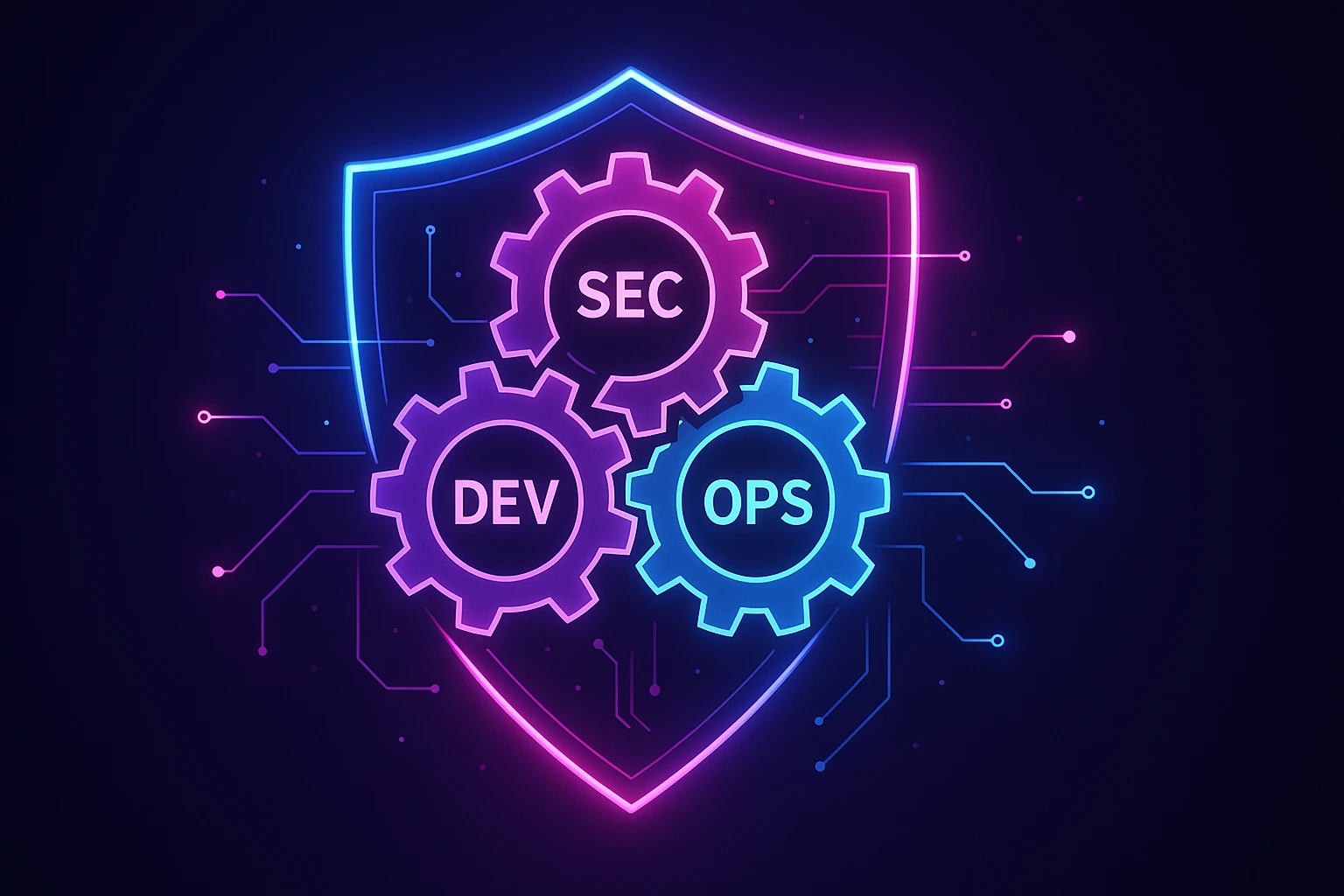Federal Risk and Authorization Management Program (FedRAMP) compliance is your passport to working with U.S. government agencies in the cloud. If your organization uses Salesforce and handles federal data, this certification is a must-have.
Falling short can lock you out of valuable federal contracts. FedRAMP has a higher bar than most public-sector security standards. To meet these requirements, you’ll need strict data controls, documented processes, and full visibility across your Salesforce environment.
This guide breaks down exactly what it takes to meet FedRAMP requirements in Salesforce. From understanding impact levels to implementing audit-ready controls, we’ll walk you through the path to compliance, step by step.
What is FedRAMP Compliance?
FedRAMP standardizes the assessment, authorization, and monitoring of cloud providers working with U.S. federal agencies.
The FedRAMP standards are based on NIST 800-53 security controls, which cover government requirements for everything from encryption and access management to system monitoring and incident response. These requirements form the security foundation that government agencies need from cloud vendors before adopting any cloud service.
FedRAMP defines three impact levels of potential risk to the confidentiality, integrity, and availability of government data:
- Low: Covers public-facing content with minimal risk
- Moderate: Applies to systems handling controlled unclassified information, like internal communications and citizen records
- High: Reserved for systems supporting national security operations
Authorized providers are listed in the FedRAMP Marketplace, making this certification a prerequisite for most technology providers who want to work with government agencies. It also opens doors to large enterprises that mirror federal security standards in their procurement policies.
Do Salesforce Users and App Developers Need FedRAMP Compliance?
FedRAMP compliance is required if your Salesforce environment processes federal data, especially within secure government cloud platforms like GovCloud. It’s a shared responsibility model. Salesforce provides a secure foundation for app development, but you're accountable for everything you build on top, such as data configurations, access controls, third-party tools, and metadata workflows.
For Independent Software Vendors (ISVs) and app developers, the same rules apply. If your solution interacts with federal data, whether it’s a backup tool, CI/CD pipeline, or analytics platform, it must be compliant with relevant regulations.
Think of Salesforce like a secure building. You still have to lock your own office and secure your filing cabinets. Compliance applies to your full stack, not just the platform.
How the FedRAMP Authorization Process Works
FedRAMP offers three authorization paths, each suited for different needs and timelines. The best path depends on your market goals, budget, and how quickly you need to enter federal markets.
- JAB Provisional ATO (P-ATO): The gold standard path, overseen by the Joint Authorization Board (DoD, DHS, and GSA). JAB authorization takes 12-18 months and costs $500K-$2M, but the hefty investment pays off by enabling vendors with this certification to work across all agencies without additional approval. The JAB focuses on solutions with proven demand from multiple agencies and significant security benefits.
- Agency ATO: A faster route for vendors that have a specific federal agency ready to sponsor them. Taking 6-12 months and costing $200K-$500K, this path works through your sponsoring agency. Once authorized, other government agencies can use the same vendor package through the FedRAMP Marketplace. This path is ideal if a vendor has existing federal relationships.
- CSP Supplied Package: An independent process that puts the vendor in control of completing assessments and submitting a "FedRAMP Ready" package. This path still requires the same thorough documentation as other paths, and costs $100K-$300K, but the primary advantage is that it lets the vendor manage the timing. Government agencies can then use the submitted package to speed up their authorization decisions.
Regardless of path, all providers must complete a readiness assessment, implement security controls, undergo third-party review, and commit to continuous monitoring. And don’t underestimate the paperwork — your System Security Plan (SSP) alone may run 300–500 pages.
Core FedRAMP Compliance Requirements Salesforce Admins Must Consider
Don’t assume Salesforce’s built-in protections meet federal requirements. While Salesforce delivers strong infrastructure security, your customizations, field configurations, and organizational data need additional protection beyond standard functionality to achieve FedRAMP compliance. Here are the six requirements that often trip up even experienced teams:
1. End-to-End Encryption
Shield Encryption isn’t enough. You’ll need FedRAMP-approved encryption for everything (data at rest, in transit, and in archives). That includes custom objects, attachments, metadata, sandbox refreshes, and backups. Even third-party tools that access metadata must meet encryption standards.
2. Role-Based Access Controls
Least privilege access isn’t optional. Go beyond user profiles and permission sets. Implement field-level security, IP restrictions, session timeouts, and concurrent login limits. Admin duties must be split so that no one person can deploy and approve changes.
3. Secure Configuration Baselines
Your org settings must follow strict, documented standards. That means password policies, login controls, session settings, and app approvals must all align with NIST controls. Deviations need executive sign-off.
4. Change Management and Audit Trails
You’ll need visibility into every metadata change, deployment, and rollback. Standard Audit Trail won’t cut it — you must show who changed what, when, and why, across the full development lifecycle.
5. Backup and Disaster Recovery
Recovery isn’t just about restoring data. It includes metadata, custom fields, workflows, and configurations. You must be able to return to a specific point in time and prove it. Salesforce’s architecture separates data and metadata, so your recovery plans must address both.
This is where Flosum Backup and Archive helps. Our backup and archive solution captures full metadata, encrypts everything at rest, and tracks every change. Your data never leaves the platform, and your audit trail is always complete. That means fewer risks, simpler compliance, and no compromises on security.
6. Logging and Real-Time Monitoring
You must capture and preserve all security events, admin actions, and user activity in tamper-evident logs. Standard Salesforce logging often falls short, especially for real-time visibility and retention policies.
Salesforce GovCloud vs. Commercial Cloud: What's the Difference for FedRAMP Compliance?
Many teams assume that using Salesforce GovCloud automatically makes them FedRAMP compliant. That’s a costly misconception. GovCloud offers inherited controls, such as physical security, infrastructure hardening, and platform-level protections. But you’re still responsible for everything within your org:
- Application-level access
- Data classification
- Security policies
- User roles and permissions
If you’re an ISV building apps in Salesforce, the rules get even stricter. You can’t inherit GovCloud compliance for your custom code. Your app must meet the same standards as the data it touches.
Key differences to remember:
- GovCloud: Data sovereignty within U.S. borders, vetted personnel, and high-impact security infrastructure
- Commercial Cloud: Broader feature set, but not tailored for federal compliance
Regardless of platform, you’re on the hook for securing your configurations, managing user access, and maintaining full auditability. Platform compliance does not equal organizational compliance.
How to Prepare for FedRAMP Compliance in a Salesforce-Centric Stack
FedRAMP readiness starts with understanding what level of authorization your org needs, and then building the right technical and documentation foundation.
1. Determine Your Required Impact Level
Evaluate what kind of federal data your Salesforce stack will handle.
- Low: Public-facing content
- Moderate: Citizen data, internal records (most common)
- High: National security systems
2. Conduct a Gap Assessment
Use NIST 800-53 as your baseline. Compare Salesforce GovCloud’s inherited controls to your current org setup. Pay special attention to:
- Access controls
- Logging
- Incident response
This will reveal which controls you must implement independently.
3. Build Your System Security Plan (SSP)
Map each required control to how you’ve implemented it. It can be natively in Salesforce, via custom configurations, or through third-party tools. Your SSP must clearly show which controls are inherited vs. owned.
4. Implement Control Configurations Across Your Ecosystem
Lock down access with field-level security, IP restrictions, MFA, and app-level reviews.
Each connected app or integration must be reviewed for compliance.
5. Set Up Compliant Backup and Recovery
Standard exports aren’t enough. You’ll need complete metadata backups, point-in-time recovery, and traceable audit logs.
6. Prepare for Continuous Monitoring
Authorization isn’t one-and-done. You’ll need ongoing assessments, vulnerability scans, and change tracking. Automate as much as possible to stay ahead of compliance drift.
Your Path to FedRAMP Compliance Starts Now
FedRAMP compliance isn't optional when handling federal data in Salesforce. It's a fundamental requirement protecting both your organization and the government agencies you serve. Without proper compliance, you risk losing federal contracts, facing penalties, and compromising sensitive data that could impact national security.
The path to authorization involves complex requirements across encryption, access controls, change management, and continuous monitoring. The right combination of planning, tools, and expertise makes this journey manageable.
Ready to simplify your readiness? Talk to Flosum today and take control of your Salesforce environment — before compliance becomes a blocker.
Thank you for subscribing









